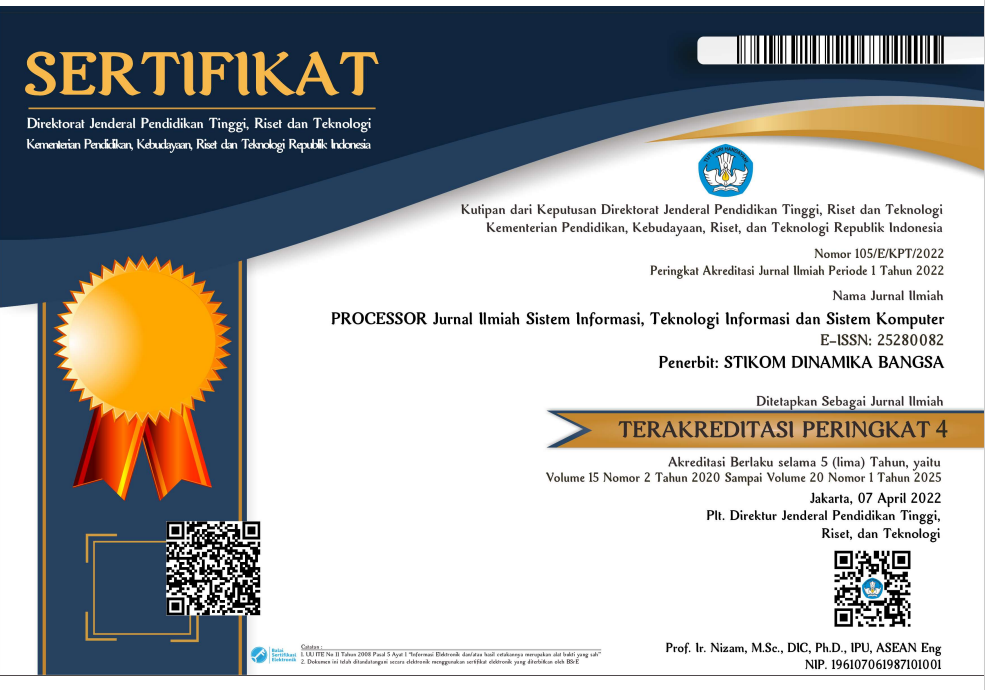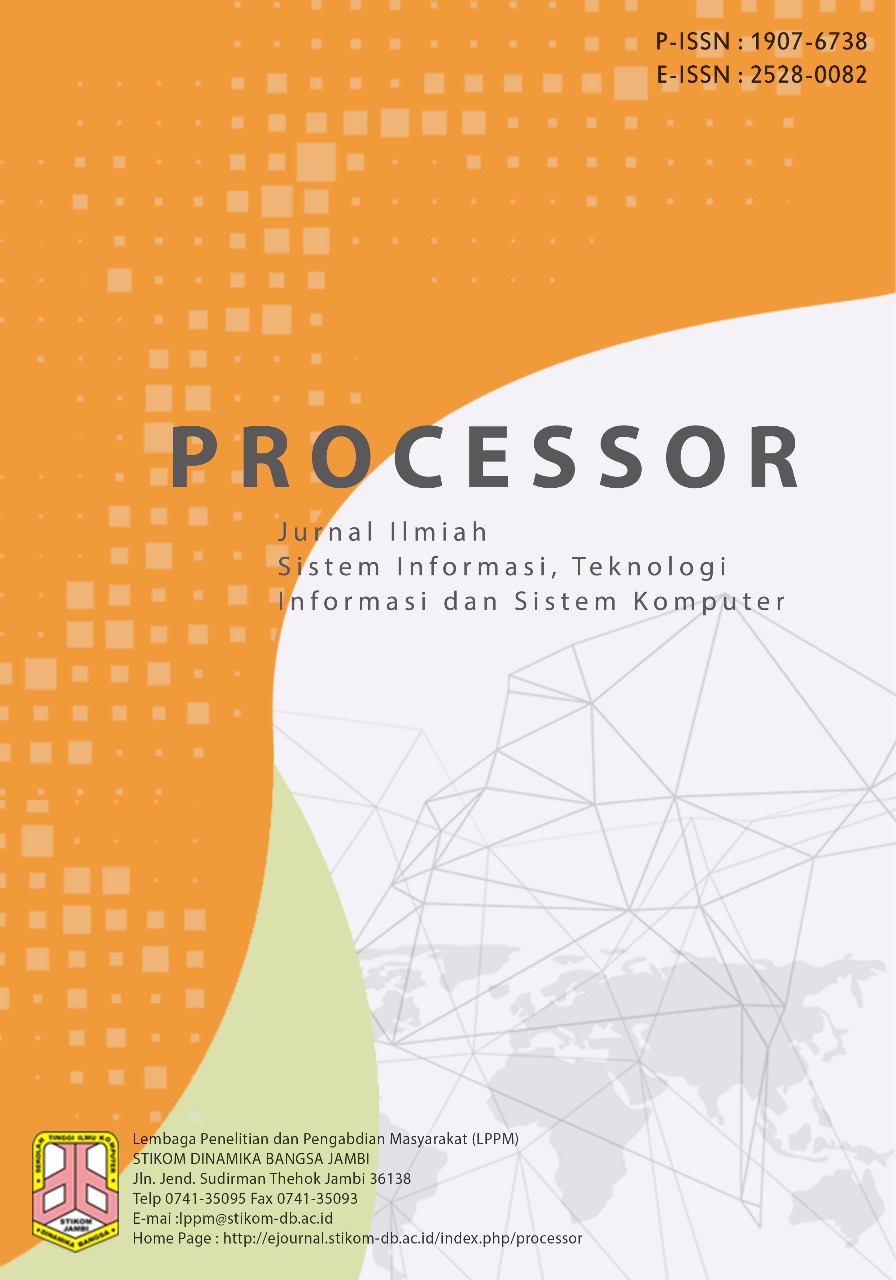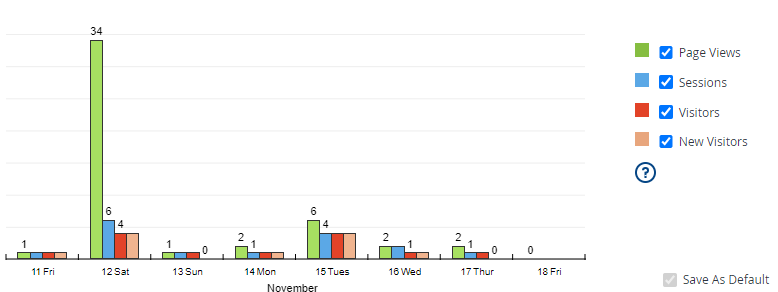Analisis Penerimaan Sistem Digitalisasi Museum Bali Berbasis VT360° Menggunakan Metode MDLC & TAM
DOI:
https://doi.org/10.33998/processor.2025.20.1.1837Keywords:
MDLC, TAM, Virtual Tour, PariwisataAbstract
Central Statistics Agency (BPS). Museum Bali has also experienced a decline in visits, especially from local tourists, the management has tried to stimulate public interest through making events that are expected to be able to introduce the museum to the public, but these efforts have not resulted in an increase in visits, on the contrary, the number of visits has decreased. The impact of the decline in visits to Museum Bali is very pronounced, it is not uncommon for not even a single domestic tourist to come in a day. The design of this application aims to bring Museum Bali closer to the younger generation through a virtual tour based on interactive multimedia applications. The research method used in the development of the application being built is the Multimedia Development Life Cycle (MDLC) method using the Technology Acceptance Model (TAM) in analysing the acceptance of the application. In developing this 360° virtual tour application. This study uses 80 data samples obtained from calculations using the Solvin formula. The results showed that 80% of respondents were satisfied and accepted the application that had been designed. The results of convergent validity testing have an average value of 0.79, with an AVE value above 0.50. Composite reliability and Cronbach's Alpha were found to be greater than 0.7 so that the TAM testing of this application falls into the strong category.
Keywords: MDLC; TAM; Museum; Virtual Tour; Tourism;
Downloads
References
L. Barbieri, F. Bruno, dan M. Muzzupappa, “Virtual museum system evaluation through user
studies,” J Cult Herit, vol. 26, hlm. 101–108, Jul 2017, doi: 10.1016/j.culher.2017.02.005.
P. Gutowski dan Z. Klos-Adamkiewicz, “Development of e-service virtual museum tours in
Poland during the SARS-CoV-2 pandemic,” dalam Procedia Computer Science, Elsevier B.V.,
, hlm. 2375–2383. doi: 10.1016/j.procs.2020.09.303.
I. Mustakerov dan D. Borissova, “A framework for development of e-learning system for computer
programming: Application in the C programming language,” Journal of E-Learning and
Knowledge Society, vol. 13, no. 2, hlm. 89–101, 2017, doi: 10.20368/1971-8829/1299.
Syarifuddin dkk., “Pengembangan Virtual Tour Museum Berbasis Web Di Provinsi Sumatera
Selatan,” Agu 2022.
H. Lee, T. H. Jung, M. C. tom Dieck, dan N. Chung, “Experiencing immersive virtual reality in
museums,” Information and Management, vol. 57, no. 5, Jul 2020, doi: 10.1016/j.im.2019.103229.
R. Nastiti, A. Krisnawatie, dan A. Yuanditasari, “Adaptasi Museum Konvensional dalam Upaya
Peremajaan Pasca Pandemi Covid,” Waca Cipta Ruang, vol. 9, no. 1, hlm. 1–8, Mei 2023, doi:
34010/wcr.v9i1.8441.
N. Efni Salam dkk., “Komunikasi pariwisata budaya dalam mempromosikan city branding ‘Siak
the truly Malay,’” vol. 4, no. 1, hlm. 134–154, 2019.
N. N. Rapini, P. Budiastra, L. Sumartini, dan A. A. G. Oka, Petunjuk Pameran Museum Negeri
Provinsi Bali. Denpasar: Departemen Pendidikan dan Kebudayaan Direktorat Jenderal
Kebudayaan Museum Negeri Provinsi Bali, 1993.
S. Mayasari, C. Indraswari, A. Komunikasi BSI Jakarta, dan C. Sitasi, “Efektivitas Media Sosial
Instagram Dalam Publikasi HUT Museum Nasional Indonesia (MNI) Kepada Masyarakat,” vol. 9,
no. 2, hlm. 190–196, 2018, [Daring]. Tersedia pada:
http://ejournal.bsi.ac.id/ejurnal/index.php/jkom
V. M. Manghisi, A. E. Uva, M. Fiorentino, M. Gattullo, A. Boccaccio, dan G. Monno, “Enhancing
user engagement through the user centric design of a mid-air gesture-based interface for the
navigation of virtual-tours in cultural heritage expositions,” J Cult Herit, vol. 32, hlm. 186–197,
Jul 2018, doi: 10.1016/j.culher.2018.02.014.
J. W. Smith dan J. L. Salmon, “Development and Analysis of Virtual Reality Technician-Training
Platform and Methods,” 2017.
N. Z. Harun dan S. Yanti Mahadzir, “360° Virtual Tour of the Traditional Malay House as an
Effort for Cultural Heritage Preservation,” dalam IOP Conference Series: Earth and
Environmental Science, IOP Publishing Ltd, Mei 2021. doi: 10.1088/1755-1315/764/1/012010.
V. De Luca, G. Marcantonio, M. C. Barba, dan L. T. De Paolis, “A Virtual Tour for the Promotion
of Tourism of the City of Bari,” Information (Switzerland), vol. 13, no. 7, Jul 2022, doi:
3390/info13070339.
A. W. O. ; K. N. H. Gama, “Pengembangan Aplikasi Virtual Tour 360 Degree Berbasis Web
Untuk Pengenalan Pura Dalem Sidakarya,” Jurnal Teknologi Terpadu, vol. 8, no. 2, hlm. 106–112,
R. Rastati, “Virtual Tour: Tourism in the Time of Corona,” 2020.
R. Kumala dkk., METODOLOGI PENELITIAN PENDIDIKAN, Andri Cahyo Purnomo. Serang:
Sada Kurnia Pustaka, 2023.
P. Ambarwati dan P. Syifa Darmawel, “Implementasi Multimedia Development Life Cycle Pada
Aplikasi Media Pembelajaran Untuk Anak Tunagrahita,” Majalah Ilmiah UNIKOM, vol. 18, no. 2,
hlm. 51–58, Okt 2020, doi: 10.34010/miu.v18i2.3936.
S. Nurjaziah, Implementasi Multimedia Development Life Cycle Pada Aplikasi Pengenalan Lagu
Anak - Anak Berbasis Multimedia. Jakarta: BSI Jakarta, 2016.
D. Aldo, S. E. Putra, dan W. L. Army, “Interactive Multimedia as Information Media Parasitic
Infection with Multimedia Development Life Cycle Method,” JISA (Jurnal Informatika dan Sains),
vol. 6, no. 2, hlm. 96–104, 2023.
D. Septian, Y. Fatman, S. Nur, U. Islam, dan N. Bandung, “IMPLEMENTASI MDLC
(MULTIMEDIA DEVELOPMENT LIFE CYCLE) DALAM PEMBUATAN MULTIMEDIA
PEMBELAJARAN KITAB SAFINAH SUNDA,” Jurnal Computech & Bisnis, vol. 15, no. 1, hlm.
–24, 2021.
M. Mursid, Manajemen pemasaran, 10 ed., vol. 1. Jakarta: Bumi Aksara, 2019.
F. D. Davis, “Perceived usefulness, perceived ease of use, and user acceptance of information
technology,” MIS Q, vol. 13, no. 3, hlm. 319–339, 1989, doi: 10.2307/249008.
T. Irawati, E. Rimawati, dan N. A. Pramesti, “Penggunaan Metode Technology Acceptance Model
(TAM) Dalam Analisis Sistem Informasi Alista (Application Of Logistic And Supply Telkom
Akses),” is The Best Accounting Information Systems and Information Technology Business
Enterprise this is link for OJS us, vol. 4, no. 2, hlm. 106–120, Jan 2020, doi:
34010/aisthebest.v4i02.2257.
F. D. Davis, “Perceived Usefulness, Perceived Ease of Use, and User Acceptance of Information
Technology,” 1989.
Khairunnisa dkk., MULTIMEDIA (Teori dan Aplikasi Dalam Dunia Pendidikan), 1 ed., vol. 1.
Jambi: Sonpedia Publishing Indonesia, 2023.
K. A. A. Ananda, I. G. Harsemadi, dan A. D. Saryanti, “Media Pengenalan Pura Tambang Badung
Berbasis Multimedia,” JURNAL SISTEM DAN INFORMATIKA (JSI), 2020























